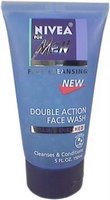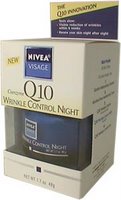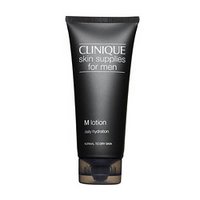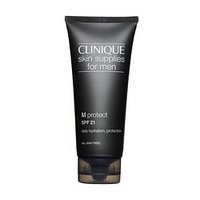Size guide for men
Sunday, November 26, 2006
How to Measure your Chest
Raising your arms slightly, measure around your chest Be sure to cross over your shoulder blades and the fullest part of your chest, keeping the tape parallel to the ground. This chest measurement will both indicate your correct blazer size and also guide you in choosing the right size in shirts, sweaters and outerwear.
How to Measure your Waist
Your waist is the smallest part of your torso, so instead measure round where your trousers usually fall. Keep one finger between the tape and your body to ensure an accurate fit.
How to Measure your Neck
Measure around the middle of your neck (at the Adam's apple), keeping one finger between your neck and the tape measure for a comfortable fit.
How to Measure your Sleeve
Measure from the middle of the back of your neck, across your shoulder and down your arm to your wrist making sure that your arm is at a 90 degree angle with your hand resting on your hip.
How to Measure your Inseam
Using a pair of trousers that fit you well (and if possible of a similar material to those you are buying), measure along the inside of the trouser leg from the crotch to the bottom opening. The number of inches is the inseam length, rounded to the nearest ½.
Raising your arms slightly, measure around your chest Be sure to cross over your shoulder blades and the fullest part of your chest, keeping the tape parallel to the ground. This chest measurement will both indicate your correct blazer size and also guide you in choosing the right size in shirts, sweaters and outerwear.
How to Measure your Waist
Your waist is the smallest part of your torso, so instead measure round where your trousers usually fall. Keep one finger between the tape and your body to ensure an accurate fit.
How to Measure your Neck
Measure around the middle of your neck (at the Adam's apple), keeping one finger between your neck and the tape measure for a comfortable fit.
How to Measure your Sleeve
Measure from the middle of the back of your neck, across your shoulder and down your arm to your wrist making sure that your arm is at a 90 degree angle with your hand resting on your hip.
How to Measure your Inseam
Using a pair of trousers that fit you well (and if possible of a similar material to those you are buying), measure along the inside of the trouser leg from the crotch to the bottom opening. The number of inches is the inseam length, rounded to the nearest ½.








